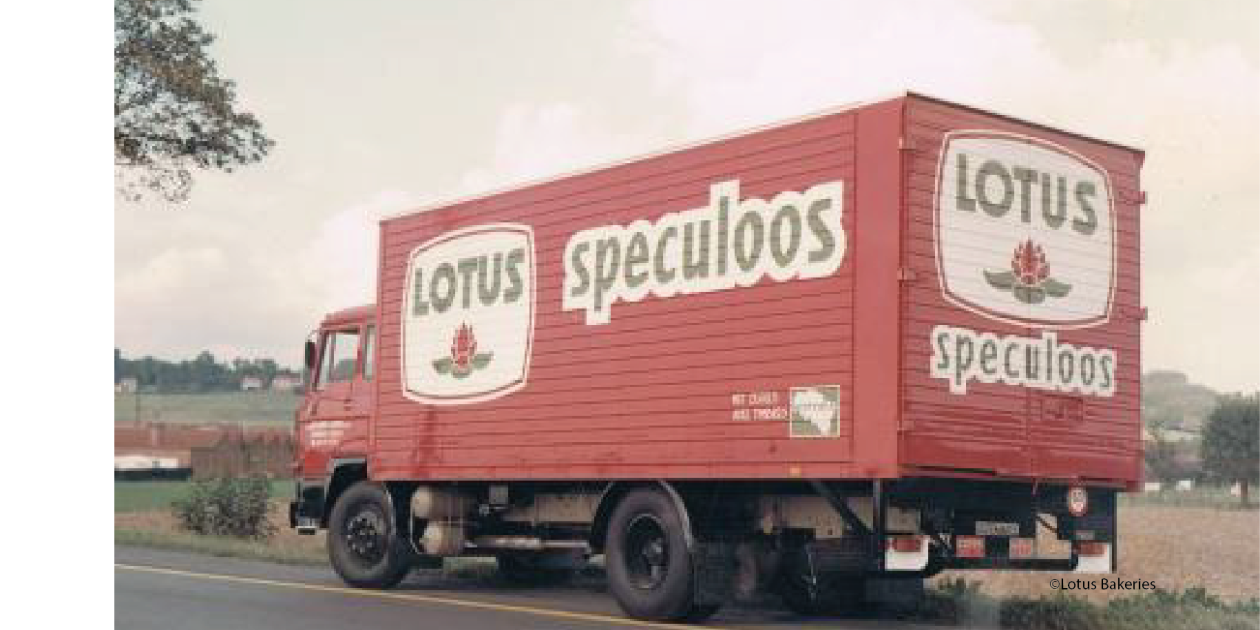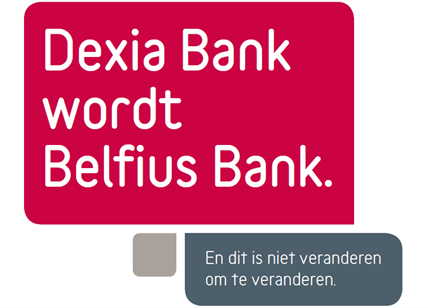
8 Reasons to Change your Brand
A brand change is not a decision to be taken lightly. It not only affects how you are perceived but can also have a significant strategic impact on your business operations. That’s why "The last thing we do is change a brand name" (Thierry Cattor, Founder of Remarkable). However, there are moments when a brand change is not only necessary but also presents new opportunities for growth. But what exactly are those moments?
Below, you’ll find the 8 key reasons to consider a brand change.
1. Repositioning
The market evolves, and sometimes this means that your brand no longer aligns with the expectations of your target audience. Repositioning may be necessary when you notice your brand is no longer "up-to-date." This could be due to changes in your company’s societal role or the need to place more emphasis on inclusivity.
For instance, we assisted the former Spector Photo Group in its transition to the innovative Smartphoto Group. This rebrand was crucial to remaining relevant in the digital age.

2. Internationalisation
Crossing borders? You may find that your business name doesn't resonate well in other countries or even encounters legal restrictions. A great example is the transformation from Corona-Lotus to Lotus, which allowed for better international market alignment. When internationalizing your brand, it's crucial to assess whether your trademarks are available from a marketing, linguistic, cultural, and legal standpoint.
Legal checks are the most objective and can be carried out fairly quickly with the help of a brand specialist. Linguistic studies can be conducted with a few sample groups to uncover any (negative) connotations, phonetic pronunciations, or possible associations.
For the marketing aspect, it’s important that the name’s scope isn’t too limiting, yet still closely connected to the product. For instance, it would feel odd to eat a wrap at Burger King.
3. Mergers & Acquisitions
In mergers or acquisitions, it’s often necessary to determine how the involved brands will be integrated. A thorough analysis of both brands is essential. Sometimes it’s valuable to retain both brands, but in other cases, it’s better to strengthen one while placing the other in the background. In M&A, the decision will weigh whether to preserve the local or smaller brand, allow the larger brand to absorb the others, or if it’s time for a new name. This was the case with the creation of KBC, as well as brands like Acerta and Greenyard.
Externally, we see examples like Renault–Nissan–Mitsubishi, where the solution was to maintain the status quo, especially when internal structures and cultures make a full merger unnecessary or impossible. The distinct Japanese and French corporate mentalities can sometimes be too far apart. On the other hand, within the same sector, Stellantis took the opposite approach by fully merging.
"After all these years, I can truly say that we made the right decision with KBC."
4. Rationalisation
Sometimes, you simply have too many brands. Many companies choose to rationalize their brand portfolio by consolidating or eliminating certain brands. This streamlines operations and allows for a stronger focus on core values and main brands, often resulting in increased efficiency and better brand recognition. For example, replacing the 'o' in Samsonite with the iconic bagel emblem created a more unified look for all brand applications on a global scale.


5. Technical Problems
Linguistic or legal issues can make a rebranding necessary. Take Xandres, which was originally known as Andres in the Benelux but had to change its name due to legal challenges in France.
A legal-creative solution, aligned with the latest jurisprudence, allowed the issue to be resolved by simply adding a decisive first letter, X. Today, Andres still exists as a company, with Xandres standing as its international brand.
6. Crisis
If your company has faced a negative event, such as a crisis or lawsuit, it might be time for a fresh start. A new brand name can help restore your company’s reputation and regain the trust of your target audience.
A prime example is the transition from Dexia to Belfius Bank. Years later, the bank has successfully regained consumer trust and is even approaching "love brand" status. Our advice for them: avoid creating too many sub-brands like Banx, Beats, and Pulse too quickly. Keep the portfolio clear and simple when possible, and ensure consistency in the use of brand marks and visual identity, especially if you have a distinct emblem!

7. Rebirth
Brands can lose their relevance over time, but sometimes there’s potential for a rebirth. This can happen when a brand with strong equity is reinvented for a new use or product category. Learn more about brand rebirth as a reason for change in the case of AG Insurance.
8. New Markets
Your products or services might be entering a completely new market. This offers the opportunity to redefine your brand and better align it with the needs and expectations of the new audience. It’s also a chance to explore portfolio expansion or optimisation.
On one hand, you could choose to develop a new brand that might eventually surpass your existing one. For instance, we created the name Nalu for a new brand within the Coca-Cola portfolio. Positioned differently from their existing energy drink products, Nalu was designed to attract a new target audience. Another example is Matinettes, a product that was launched and later became a hero product. A classic external example is Lexus, which grew as a distinct brand under Toyota.

How to Proceed
Considering a rebranding is a strategic process. Make sure you have clear answers to questions like: "What exactly needs to change?" and "How do I ensure my brand is future-proof?"
Would you like to know if your brand needs a change? Contact us for advice.
Here are 12 questions to consider:
- Is your brand still up to date?
- Do you strive for more than just profit?
- Do you have a solid reason to change?
- Are you in urgent need of a rebrand?
- Do you confuse branding with brand communication?
- Are you aware of your brand assets?
- What is the timeline or project deadline?
- Is there a decision-maker or a marketing team in place?
- Have you thought about how to sell your message internally?
- Have you considered your brand positioning?
- Is your brand portfolio still optimized?
- Will your brand be future-proof after the change?